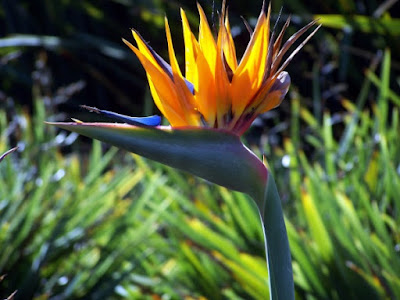Propaganda for Children is a Tree Ring Circus

In a previous post we saw how naturalists are indoctrinating children . After all, secularists control public thought control systems commonly referred to as schools, so they have their minds captive for many hours in a year. That is not the only method. Credit: Unsplash / Aleksandar Radovanovic Another effective means of propaganda is though storybooks. I was talking with Trevor "Red" Schnapper the other day, and he told me about a book for children that he encountered. It was about counting tree rings. This is, to use the expensive word, dendrochronology. (In case you're curious, you can see the word components. -ology is "the study of", dendron is for "tree", cronos is time — but I see you checking the chronograph on your wrist and know it's time to get back to the subject.) Like many other kids, I was taught that one ring means one year of growth. That seems good on the surface, but there are factors involved that sometimes the s...


















